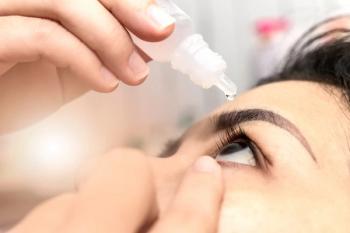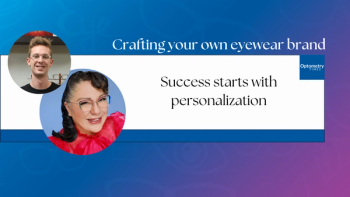
Drug-dispensing contact lens may treat eye conditions
Researchers have developed contact lenses (CLs) with a sustained release of medication to treat glaucoma and other conditions.
Key Points
Boston-Researchers have developed contact lenses (CLs) with a sustained release of medication to treat glaucoma and other conditions.
Daniel Kohane, MD, PhD, director of the Laboratory for Biomaterials and Drug Delivery at Children's Hospital Boston, collaborator Joseph Ciolino, MD, of the Massachusetts Eye and Ear Infirmary, and colleagues at the Department of Chemical Engineering at the Massachusetts Institute of Technology (MIT) described their prototype lens in the July issue of Investigative Ophthalmology and Visual Science.
The researchers created a two-layer CL with an inner drug-bearing biodegradable polymer film known as PLGA. Both PLGA and pHEMA-used for the coating-have been well studied and are already FDA-approved for ocular use.
Animal testing has begun on the lens, with plans to begin human testing as soon as possible.
Newsletter
Want more insights like this? Subscribe to Optometry Times and get clinical pearls and practice tips delivered straight to your inbox.
















































.png)


